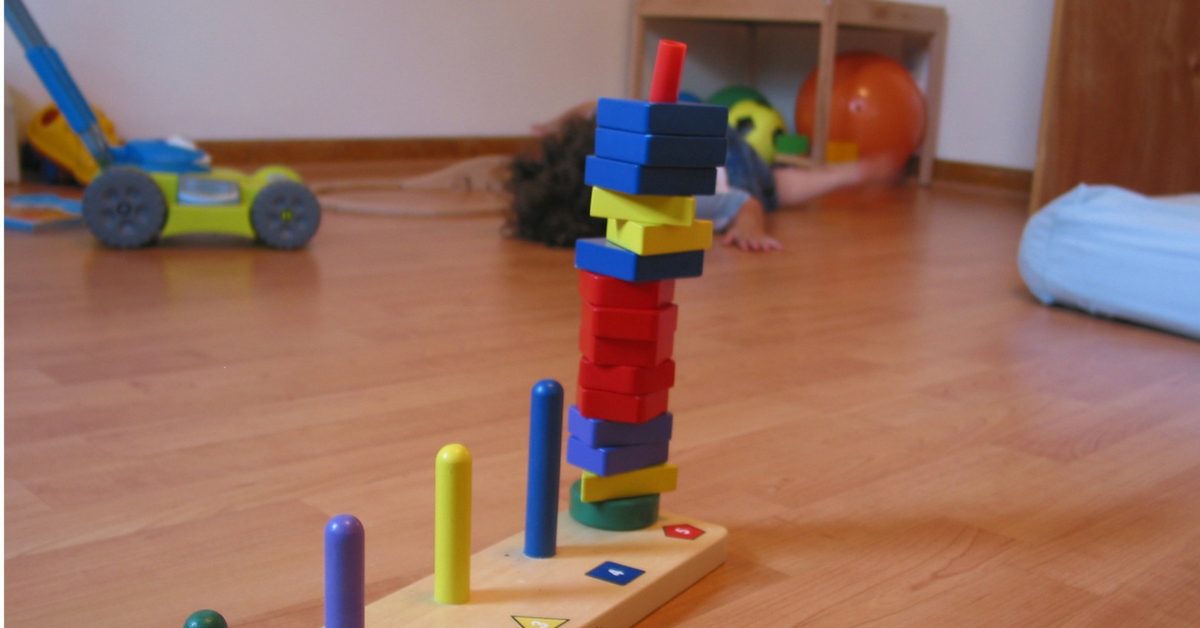TBI Blogs: 5 Ways to Make Children With Autism More Comfortable in Mainstream Classrooms
Children with autism don’t misbehave in a classroom deliberately. Their behavior is a call for help—your help.

Children with autism don’t misbehave in a classroom deliberately. Their behavior is a call for help—your help.
We met at a party. She was young and vivacious. We hit it off immediately, as both of us were from the education field. She was a Class IV teacher. As soon as she heard that I work with people with autism, a barrage of questions and comments followed. You see, she was teaching a child with autism in one of her classes.
“It’s impossible to handle him.” “He’s totally disruptive, and creates a ruckus in my class.” “What an attention-seeker! Do you think he should be attending regular school?” “He does this deliberately. What a spoiled brat! He’s so terribly behaved.” “He can’t sit still, even for a moment.” “I don’t think he’s capable of learning.” “His mother is so demanding, and she overestimates the child’s abilities.”
I didn’t have to say much to keep this conversation going. The occasional head nods, and several “hmmms”, sufficed. It felt different, hearing the educator’s point of view—the viewpoint of someone teaching children with autism. I’m more accustomed to hearing stories from parents about how unfairly teachers treat their children at a mainstream school.
It felt like the proverbial elephant. One person described the trunk, whereas the other described the torso. It didn’t feel like they were describing the same magnificent animal.
Today, I’d like to address challenges faced by teachers who teach at inclusive schools. They don’t have children only with autism, but with many other special needs.

But here is this one student, who you can’t handle. This child makes you uncomfortable, and creates a storm in your classroom. Secretly, you wish he wasn’t in your class. You probably feel guilty about thinking these thoughts, but you just can’t deal with his odd and disruptive behaviour.
I know how you feel. Mohit, my son, is now 27. For 10 years of his life, he attended regular schools. I interacted with, and explained autism to, several wonderful teachers.
I’d like you to shift gears for a little while. Let’s move from how you feel to how this child feels. What if you realised that this kid does not disrupt your class deliberately.
He just has a differently wired brain. Not abnormal or dysfunctional, just different.

Due to the way his brain is wired, he is hyperactive, and appears out of control. He seems anxious. He is unable to connect with the other children. In fact, it may appear like he often fights with them. All of this behaviour is his way of crying out for help. YOUR help.
Even if this child is vocal, in reality, he is unable to emotionally connect with you and let you know what’s going on. Can you imagine how he feels? No friends, no support, and no one to understand him.
Take a minute to digest what you just read. Visualize this child in your classroom. Do you look at him differently? Wouldn’t you like to help him? I’m glad to see you nod.
Here are five things you can do immediately to teach children with autism better.
Connect With The Mother
A mother is your your biggest ally. Have a heart-to-heart chat with the child’s mother. Share your difficulties. Let her know that you want to help.
Ask for reports and assessments that the child may have undergone. Study these. These will be huge eye-openers in enhancing your understanding of the child’s condition.

List The Child’s Strengths
Every child—I repeat, every child—has strengths. You just have to observe them closely. The child may be extremely loving and caring, or have some skill that your other students don’t. List these out.
Understand How He Learns
This child will not learn like others. Many students with autism learn visually. Hence, what helps them is a visual schedule. Break things up to help them understand and stay calm. There are many other ways in which a child can learn.
Ask for Additional Help
You have at least 20 other children looking for your guidance. Yes, it’s not possible to pay attention to one child, and leave the others in limbo.
A shadow teacher, or aide, is extremely useful here. She can sit with the student, and guide the child when he gets inattentive, so that your class can move smoothly.
Have a Behaviour Plan
Individuals on the autism spectrum get overwhelmed quickly because of something called “sensory overload”. It’s important to pick up the early signs, and have a designated area where the student can go with the shadow teacher if he has a meltdown or gets anxious. He can rejoin the class when he’s ready. It makes the child feel assured and safe, and keeps your class functioning smoothly as well. A behavioural consultant can work out a customized plan, which can be followed at school.
This can be cumbersome and stretch you. I understand. But can I take you back to why you decided to become a teacher? Here is what a couple of my mainstream teacher friends said:
“I wanted to be a teacher to create value for the next generation of our future…make a positive difference.” “I wanted to impart my knowledge, and learn from them as well. I always want to remain young at heart by surrounding myself with kids. Above all, love for kids…Love their innocence…Beautiful souls.”
You, my dear friend, are a sculptor. You have taken this opportunity to impact a child’s life. Yes, this same child whom you find impossible and disruptive. By teaching children with autism, you will expand your own heart. You will create happiness for his family too.
One more thing. Your influence doesn’t just stop with this family. It creates a ripple effect. Imagine all the little ones under your care. Imagine them looking up at you with innocent, studying eyes, to see how you behave with the different. They’re watching you carefully. Remember that they will learn what you do, and not what you say. They will talk to their parents about the amazing ways in which you handled and accommodated “that different child”.
I hope you will take this challenge of enhancing your own life, and the lives of the next generation.
For more information and guidance on working with children with autism, visit the SAI Connections website.
Like this story? Or have something to share? Write to us: [email protected], or connect with us on Facebook and Twitter.
NEW: Click here to get positive news on WhatsApp!
If you found our stories insightful, informative, or even just enjoyable, we invite you to consider making a voluntary payment to support the work we do at The Better India. Your contribution helps us continue producing quality content that educates, inspires, and drives positive change.
Choose one of the payment options below for your contribution-
By paying for the stories you value, you directly contribute to sustaining our efforts focused on making a difference in the world. Together, let's ensure that impactful stories continue to be told and shared, enriching lives and communities alike.
Thank you for your support. Here are some frequently asked questions you might find helpful to know why you are contributing?


This story made me
-
97
-
121
-
89
-
167














